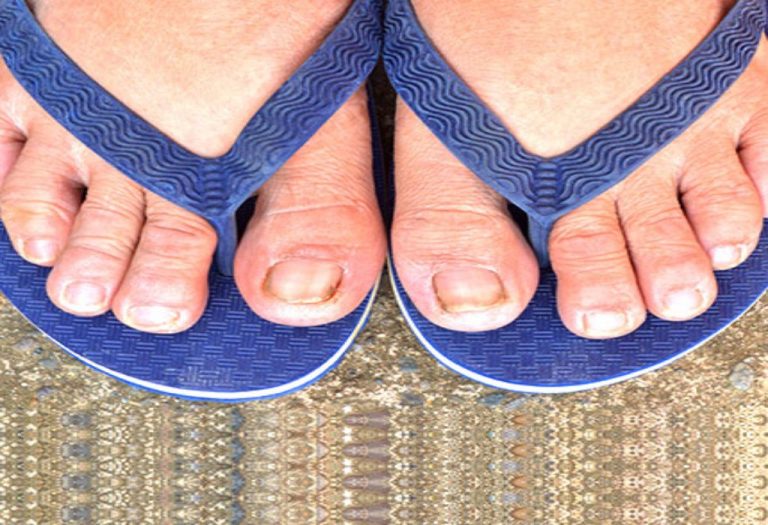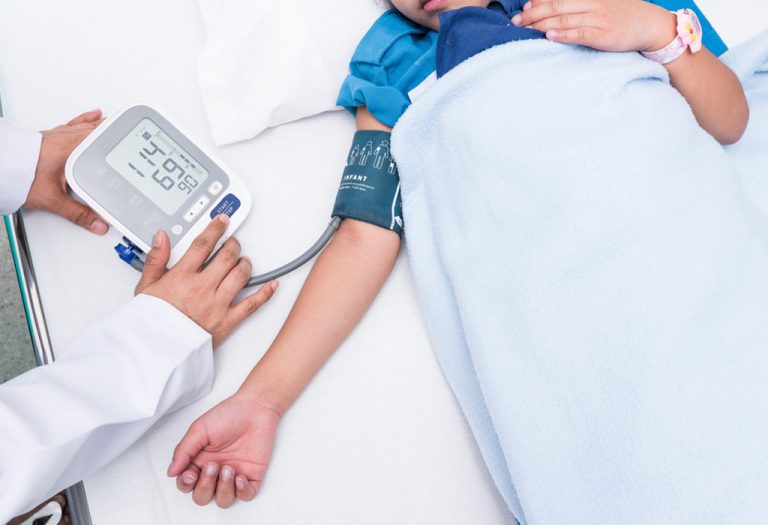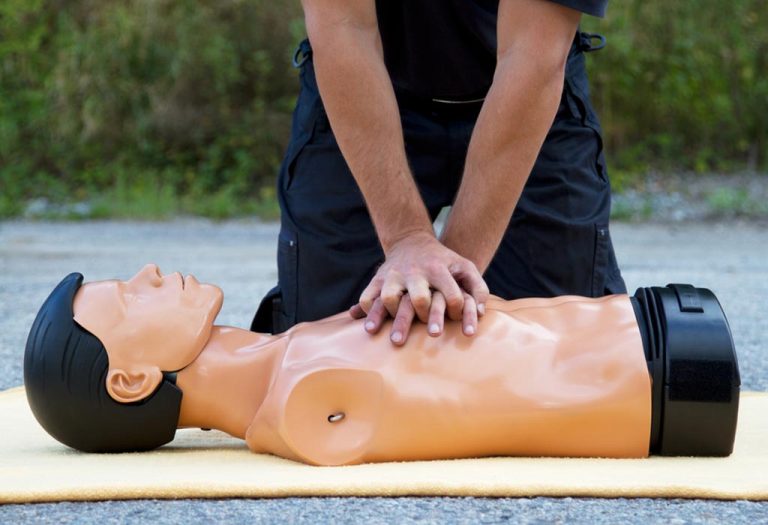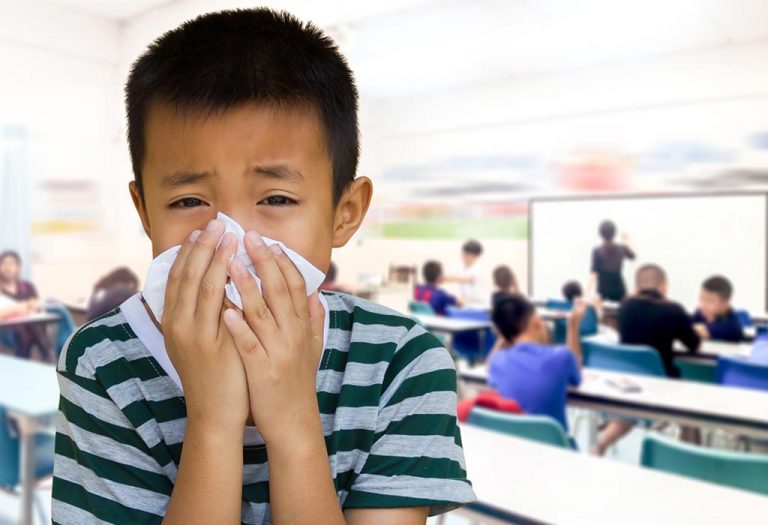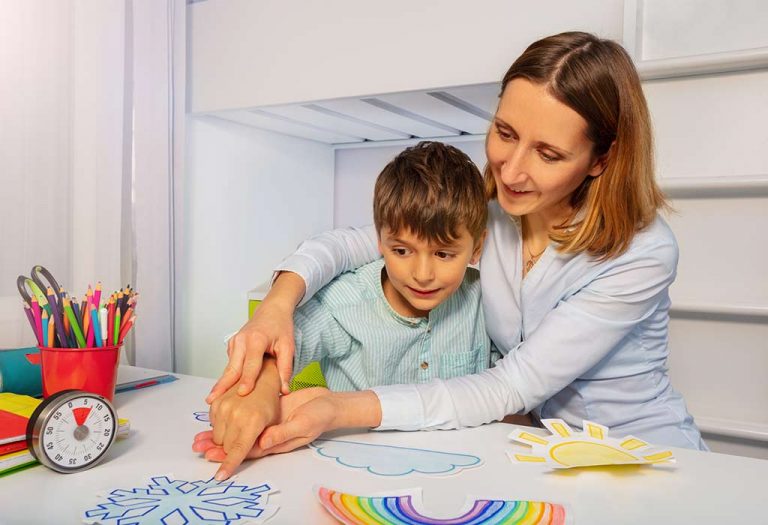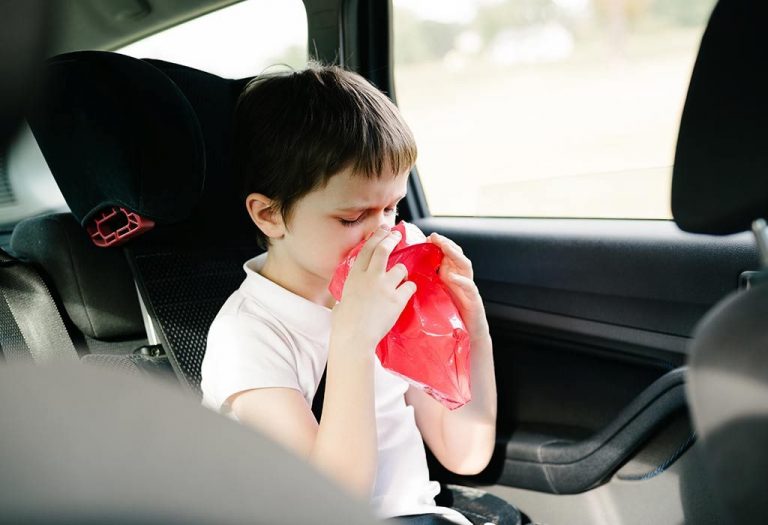Fungal Nail Infection in Children – Causes, Symptoms, and Treatment
Nail fungus constitutes about half of all nail abnormalities. Yet, we know so little about it. The fungal infection of nails generally won’t pose a serious problem in kids, but nails may sometimes show signs of damage and even become painful!
Fungal infection of the nails is not usually serious, but it can be unpleasant for your child and, in some cases, difficult to treat. Fungal infections normally develop over time and can take even longer to go. When your child has a fungal nail infection, it can be uncomfortable or painful to wear shoes. He will find it hard to walk or stand as well. Here’s the scariest part: the fungus could also spread to other nails and the skin, even causing permanent damage to the nail bed! Join us as we uncover the causes, common symptoms, and treatment options for treating a fungal nail infection in children.
The Different Types of Nail Fungus – Here’s How to Identify Them
Before moving on to the types, it’s important to know what nail fungus actually is. It’s an infection of the toenails and fingernails that enters through cracks in the nail or the skin. The problem worsens if you live in a warm and damp environment.
1. Yellow or White Nails
Distal Subungual Onychomycosis (DSO) is the most common type of fungal infection. Here, the infection starts at the end of the nail bed, turning a part of the nail yellow or white in colour.
2. Chalk-like Powder on Nails
White Superficial Onychomycosis (WSO) affects the top layer of the nail, forming white spots on the surface and eventually covering the whole nail with chalk-like powder.
3. Fungus on Toes
Candida Onychomycosis, also called a yeast infection, is fairly uncommon and mostly affects the fingernail rather than the toenail.
Causes for Nail Fungus in Kids
Different types of fungi, yeasts, and moulds can cause nail fungus. When they have the right condition and temperature, they grow on the skin and nails. Some of the common causes are listed below (1):
- Children with diabetes, blood circulation problems, weakened immune system, or an immune system disorder
- Nail injury or nail surgery
- An athlete’s foot, a fungal infection in the foot, may spread to other parts of the body, like toenails and fingernails.
- Wearing shoes or boots that do not absorb sweat or perspiration may cause fungal infection.
- Sharing personal belongings, like towels, can increase the chances of other children to develop the fungus.
Symptoms of Nail Fungus
The symptoms of fingernail or toenail fungus in kids may vary from child to child. According to the American Academy of Dermatology Association, some of the most commonly observed symptoms of nail fungus in children and adults are (2) (3):
- Thickened nails and discolouring, which may be white, black, yellow or green.
- If the infection persists for a long time, it can cause brittle nails, and onycholysis may set in if the condition is left untreated.
- Dull and dry nails that may crumble or become rough easily.
- Debris build-up under the nails.
- The nails start to lift up and begin to detach from the finger and toe skin.
- The infected nail turns white, and the surface of it becomes so thin, soft, and powdery that you can scrape it off manually.
- Soreness or swelling around a nail.
- Dry and itchy skin around the infected nail.
Diagnosis of Nail Fungus in Children
The doctor or dermatologist will examine the nail and the surrounding skin for infections, such as fungal infections. The practitioner may collect the nail debris to check it under a microscope for any fungal presence and, if yes, what type. This will probably help medical professionals examine nail fungus in children and provide further treatment according to the results (4).
Treatments for Nail Fungus in Children
The doctor may clip off a piece of the nail for a culture test before prescribing antifungal medicine. The best chance of curing a fungal nail infection is through antifungal pills, but they can have side effects. New methods like laser treatment and ultrasound have also been introduced. Here are popular options for child fungal nail infection treatment in detail (5):
1. Oral Medication
Oral antifungal medicines are usually the first line of treatment for fungal infections in kids. Your doctor may prescribe medications that are safe and approved for pediatric use. Griseofulvin and Terbinafine are common antifungal medications used. Your doctor will prescribe you medications as per the availability of medications in your country. Nevertheless, parents are advised never to self-medicate their children and only consult a doctor before punching medicines for their children.
2. Topical Medication
Topical treatment is also available in the form of ointment, lotions, and creams. Commonoly available topical medications approved by the US FDA to treat fungal nail infection include Ciclopirox, Tavaborole, Efinaconazole, and Amorolfine. Consult a doctor for all the medications; do not self-medicate.
3. Combination Treatment
It is also possible for your doctor to recommend oral and topical antifungal medications together as a part of combination therapy to speed up the treatment or if if the infection is severe.
4. Nail Removal
Nail removal is a surgical method of removing the infected nail either manually or by applying chemicals so that it falls off naturally. This method is used when no other method of treatment yeald results.
5. Nonpharmacological Method
Other treatment options include laser treatment and Photodynamic therapy.
Prevention of Nail Fungus
Yes, you can prevent fungal nail infection in children by incorporating some hygiene practices and simple measures on a daily basis. Here are some to note:
- Keep your child’s hands and feet clean and dry, and get them to wear shoes that allow the feet to breathe.
- Keep socks clean and nails trimmed.
- Keep your child away from people or pets having fungal infection.
- Avoid sharing personal hygiene items, like soap, shampoo, towels, combs to avoid the spread of fungus among children.
- If you live in tropical or humid area, use talcum powder to absorb the excess perspiration.
- Never allow your child to wear wet shoes or socks.
- Sprinkle some antifungal powder in the shoes and socks during humid days to prevent fungal toenail infection (3).
Home Remedies for Nail Fungus in Children
Here are some common home remedies for nail fungus in children:
- Soak the affected area in a solution of vinegar and warm water for 15 to 20 minutes every day.
- Snakeroot extract, too, contains antifungal properties. Its topical application helps treat fungal nail infections (6).
- Apply tea tree oil, lavender oil, or oregano oil on and around the infected area with a cotton swab twice a day for six months to get relief (7). Oregano oil is popular among antifungal treatment as it contains a compound called thymol, which has antiseptic and antifungal properties (8).
- A 2011 study tested Vicks VapoRub as a safe option for treating toenail onychomycosis (9). Application of Vicks Vaporub once a day for 48 weeks yielded results.
FAQs
1. Is nail fungus contagious?
Yes, it is. Although it’s not classified as highly contagious, it’s still very easy for fungal nail infection to spread from one person to another especially if you use public showers, pools and locker rooms.
2. Do nails grow back again after a nail infection?
Yes, nails do grow back after a nail infection is successfully treated. Although it may take about four to six months for fingernails to grow and about 12 to 18 months for toenails to grow.
3. Can a vitamin deficiency cause nail fungus to grow?
Yes, deficiency of vitamin D makes children susceptible to catching fungal infections easily (10).
4. Can I use apple cider vinegar instead of plain white vingar to treat fungal infection?
Apple cider vinegar has properties of lowering the skin pH, which may help reduce the presence of fungus. However, there is no specific evidence suggesting the success rate of apple cider vinegar against toenail fungus (11).
5. What foods children should avoid if they have fungal infection?
Parents should restrict or completely remove sugar, yeast, and refined carbs from children’s diet to prevent fungal infections, like candidiasis, from growing (12).
Help your child prevent or treat fungal infections of nails using these tips. Whether mild or severe, a doctor can help determine how long you or your child has had it. You can apply the remedies to yourself, too, if you have a nail fungus.
References/Resources:
1. Fungal Infections of Fingernails and Toenails; American Family Physician; https://www.aafp.org/pubs/afp/issues/2001/0215/p677.html; February 2001
2. NAIL FUNGUS: SIGNS AND SYMPTOMS; American Academy of Dermatology Association; https://www.aad.org/public/diseases/a-z/nail-fungus-symptoms
3. TWELVE WAYS TO PREVENT ANOTHER NAIL INFECTION; American Academy of Dermatology Association; https://www.aad.org/public/diseases/a-z/prevent-another-nail-infection
4. NAIL FUNGUS: DIAGNOSIS AND TREATMENT; American Academy of Dermatology Association; https://www.aad.org/public/diseases/a-z/nail-fungus-treatment
5. Hess. A; Safe Treatments for Nail Fungus Infections for Infants and Kids; Global Nail Fungus Organization; https://nationalnailfungus.org/safe-treatments-for-nail-fungus-infections-for-infants-and-kids/; March 2019
6. Westerberg. D. P, et al.; Onychomycosis: Current Trends in Diagnosis and Treatment; American Family Physician; https://www.aafp.org/pubs/afp/issues/2013/1201/p762.html; December 2013
7. Hamid. D. A, et al.; Evaluation of the Therapeutic Efficacy of Tea Tree Oil in Treatment of Onychomycosis; International Journal of Pharmacognosy and Phytochemical Research; December 2017
8. Ask The Experts; IPFH.org; https://www.ipfh.org/ask-the-experts/toe-nail-fungus-1
9. Derby. R, et al.; Novel Treatment of Onychomycosis using Over-the-Counter Mentholated Ointment: A Clinical Case Series; The Journal of the Americal Board of Family Medicine; https://www.jabfm.org/content/24/1/69; January 2011
10. Gois. P. H. F, et al.; Vitamin D and Infectious Diseases: Simple Bystander or Contributing Factor?; Nutrients; PubMed Central; https://www.ncbi.nlm.nih.gov/pmc/articles/PMC5537771/; June 2017
11. Yagnik. D, et al.; Antimicrobial activity of apple cider vinegar against Escherichia coli, Staphylococcus aureus and Candida albicans; downregulating cytokine and microbial protein expression; Scientific Reports; https://www.nature.com/articles/s41598-017-18618-x; January 2018
12. Candidiasis; Cleveland Clinic; https://my.clevelandclinic.org/health/diseases/23198-candidiasis
Also Read:
Ringworm in Kids
Nail Biting in Children
Chest Infection in Children
Blood Infection or Sepsis in Children
White Spots on Your Child’s Nail – Should You Be Worried?
Was This Article Helpful?
Parenting is a huge responsibility, for you as a caregiver, but also for us as a parenting content platform. We understand that and take our responsibility of creating credible content seriously. FirstCry Parenting articles are written and published only after extensive research using factually sound references to deliver quality content that is accurate, validated by experts, and completely reliable. To understand how we go about creating content that is credible, read our editorial policy here.





